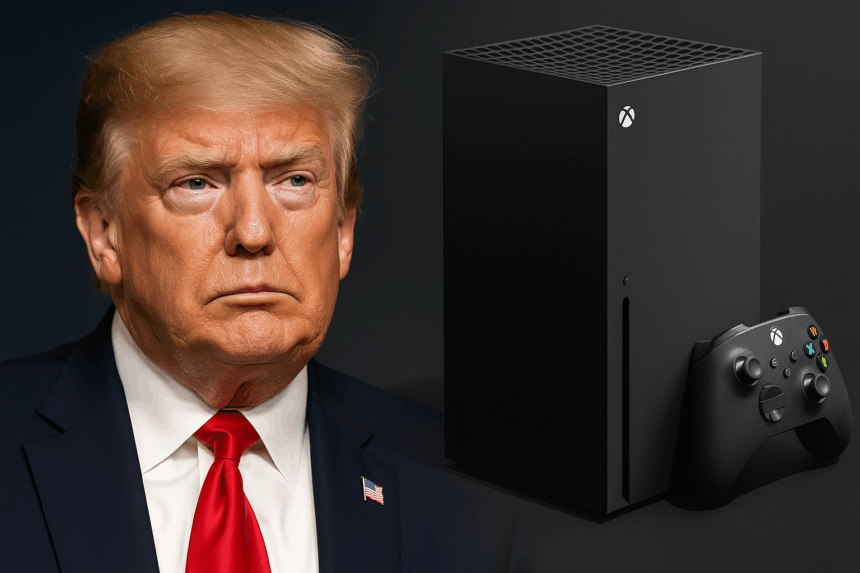Microsoft is raising Xbox console prices for the second time this year, frustrating gamers who expected prices to drop as hardware aged. Instead of following the decades-long trend of decreasing prices, Xbox consoles are now becoming more expensive. The combination of Trump’s trade tariffs, high production costs, and slowing tech advancements are driving these increases.
What’s Happening & Why This Matters

The most recent price hike has caught many gamers off guard. At launch in November 2020, the Xbox Series S cost $300. Adjusted for August 2025 dollars, that price equals about $375. Similarly, the Xbox Series X, which launched at $500, would now be worth about $625 after inflation. While these inflation adjustments explain some of the higher costs for older consoles, newer models tell a different story.
Microsoft’s Digital Xbox Series X and 2TB Galaxy Special Edition, both released in October 2024, have surged by an eye-watering 33% in price. A single year of inflation cannot justify such steep increases, highlighting external pressures like tariffs and supply chain instability.
The culprit? Uncertainty surrounding U.S. tariffs on imported electronics is a hallmark of President Donald Trump’s trade policies. The tariffs forced manufacturers to absorb higher costs, which are now being passed directly to consumers. The situation disrupts the long-standing tradition of consoles becoming more affordable years after launch, a cycle that once benefited gamers and boosted hardware sales.
Microsoft’s decision to raise prices bucks expectations and is a noteworthy shift in how console makers manage costs. Moore’s Law, the principle that chip performance doubles roughly every two years while costs drop, has slowed. Each new hardware iteration is more expensive to produce than the last. The slowdown, paired with tariffs, leaves little room for manufacturers to maintain or lower prices.

Historically, gamers enjoyed steady price reductions as consoles matured. That pattern now appears broken. For the first time in decades, aging console hardware (e.g., Xbox Series X, Series S) costs more over time. In the gaming market, the objective is to push consumers toward digital services or alternative platforms, such as cloud gaming.
Gamers and analysts are observing whether the market tolerates higher prices for older technology. If consumers reject increases, Microsoft and other console makers may be forced to reconsider their pricing strategies. Until then, higher costs seem here to stay.
TF Summary: What’s Next
The Xbox price hike reflects the economic and political forces influencing tech, gadgets, and business. With the administration’s tariffs driving up production costs and the slowing pace of hardware innovation, console makers anticipate tough decisions. Unless the pressures ease, gamers should prepare for a future where console prices rise instead of fall.
MY FORECAST: If tariffs stay in place, expect higher launch prices for next-gen consoles and a stronger push toward Game Pass and cloud gaming to offset shrinking hardware sales.
— Text-to-Speech (TTS) provided by gspeech


